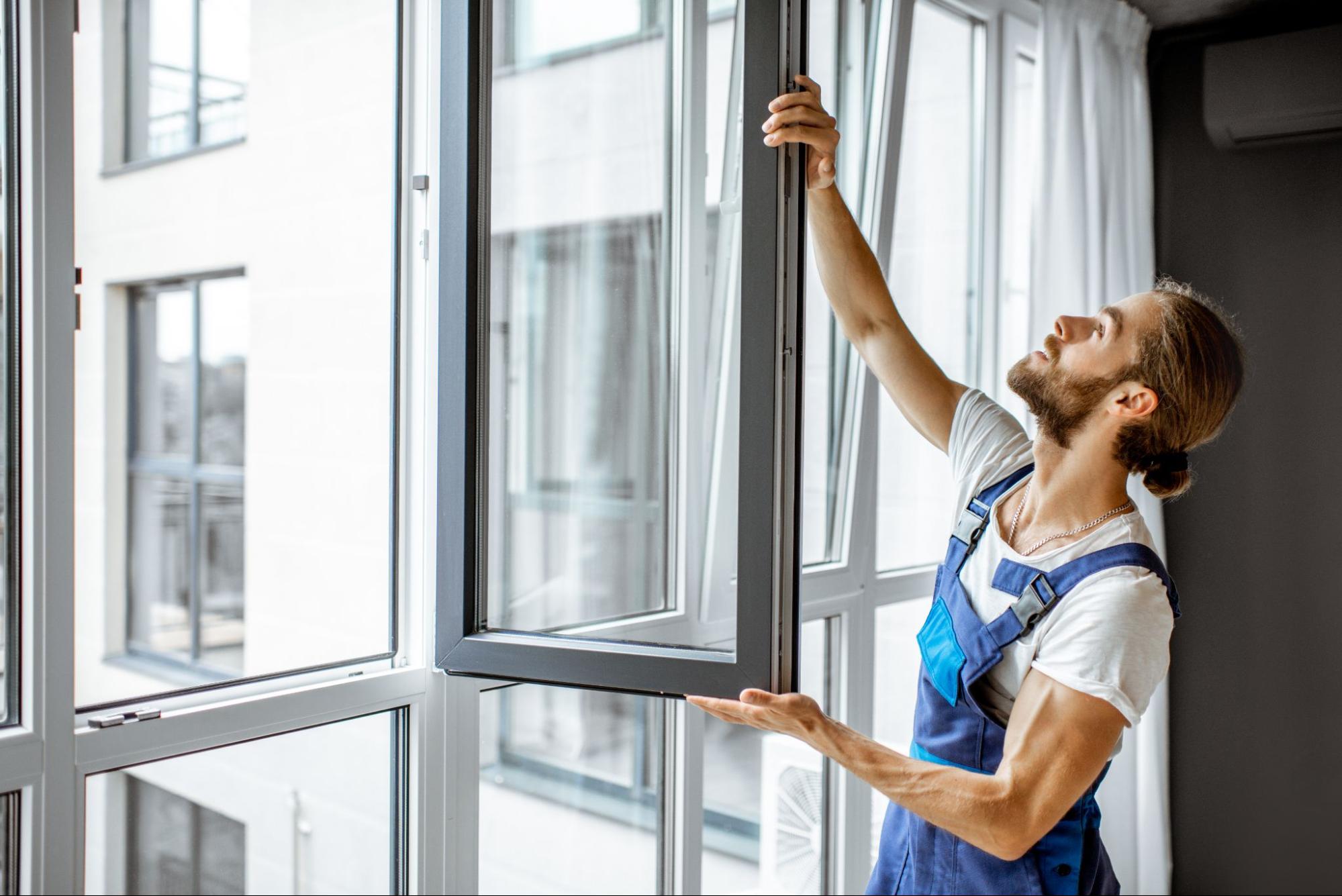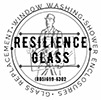Modern homes face increasing demands for energy efficiency. Rising utility costs and environmental concerns drive homeowners to seek sustainable solutions. Windows, often overlooked, play a significant role in managing energy use. Installing the right windows can reduce energy waste and enhance comfort. This simple upgrade offers long-term savings and a step toward a greener future.
Benefits of Installing a Window for Energy-Efficiency
Energy-efficient windows significantly improve how homes use energy. They enhance indoor comfort, reduce energy bills, and minimize environmental impact. Upgrading your windows creates a more sustainable and cost-effective living space. The benefits extend beyond finances, offering homeowners a better quality of life.
Lower Utility Costs
Modern windows reduce heat transfer during all seasons. This feature minimizes the workload on heating and cooling systems. Lower energy use translates to smaller utility bills every month. Over time, the savings offset the initial cost of window installation.
Enhanced Indoor Comfort
Energy-efficient windows effectively regulate indoor temperatures. They keep cold drafts out during winter and block heat in summer, ensuring consistent comfort throughout your home, regardless of the season. With fewer temperature fluctuations, living spaces become more enjoyable.
Reduced Carbon Footprint
Using less energy reduces your home’s contribution to greenhouse gas emissions. Energy-efficient windows effortlessly allow you to make environmentally friendly choices. This upgrade aligns your home with sustainable living practices. Every new window installed is a step toward a cleaner planet.
Types of Windows to Install for Energy Efficiency
Selecting the correct type of window maximizes energy savings for your home. Different designs cater to varying climates, styles, and needs. Each option offers unique advantages that enhance efficiency. Understanding these choices ensures you pick the perfect fit for your space.
Double-Glazed Windows
Double-glazed windows feature two panes of glass with insulating space between them. This design reduces heat transfer and improves thermal insulation. It also minimizes outside noise, making it ideal for urban homes. These windows offer a reliable combination of efficiency and comfort.
Low-E Coated Windows
Low-emissivity (Low-E) windows feature a coating that reflects infrared and UV light. It keeps interiors cooler in summer and warmer in winter. The coating allows natural light to pass through while blocking harmful rays, making these windows perfect for rooms that receive direct sunlight.
Argon-Filled Windows
Windows with argon gas between panes enhance insulation significantly. The gas slows heat transfer, keeping homes comfortable in extreme climates. Argon-filled windows also prevent condensation, which maintains their clarity. They are an excellent choice for maximizing efficiency and longevity.
Factors to Consider When Installing a Window
Several factors influence how well windows improve energy efficiency. Each decision, from materials to installation, affects the results. Paying attention to these details ensures long-term performance.
Window Frame Materials
The material of your window frame affects durability and insulation. Vinyl frames are cost-effective and require little maintenance. Aluminum frames are lightweight but less efficient in temperature regulation. Wooden frames provide excellent insulation but need regular upkeep.
Glass Options
The type of glass used determines the window’s energy-saving potential. Laminated glass adds safety and noise reduction for busy households. Tinted glass windows reduce glare and heat in sunnier environments. Multi-pane glass increases insulation compared to single-pane designs.
Installation Quality
Even the best windows can underperform with poor installation. Misaligned or improperly sealed windows allow drafts and heat loss. Professional installation ensures maximum efficiency and functionality. A skilled installer is essential for a successful upgrade.
How Installing a Window Enhances Energy Efficiency
Windows are central to how homes manage energy. They regulate temperatures, harness natural light, and reduce energy consumption. Their strategic placement and design make a noticeable difference. Learning how they work emphasizes their importance in energy-efficient living.
Temperature Regulation
Energy-efficient windows prevent heat loss during cold seasons and block unwanted heat from entering your home in summer. This balance minimizes the need for artificial temperature control, resulting in a consistent and comfortable indoor environment.
Natural Lighting
Windows with efficient designs optimize natural light while reducing glare, reducing the use of artificial lighting during the day. Bright, naturally lit spaces improve mood and reduce energy costs. With the right windows, you can enjoy sunlight without overheating.
Reduction of HVAC Usage
Efficient windows reduce the workload on heating and cooling systems, lowering energy use and extending the lifespan of HVAC equipment. With less strain on these systems, maintenance costs also decrease. Over time, this combination offers significant financial savings.
How to Choose Professionals to Install a Window
Selecting a professional installer is critical for maximizing your window’s performance. Experienced contractors ensure proper alignment and insulation. Begin by researching reviews, certifications, and references to verify expertise. A skilled installer prevents common issues like drafts or air leakage. Ask about warranties offered for both materials and labor. Professional installers should also provide post-installation support. Avoid relying solely on cost—quality artistry saves more money over time. For simple projects, assess whether DIY installation might be appropriate.
Financial Incentives for Installing a Window for Energy Efficiency
Financial incentives can significantly offset the cost of installing energy-efficient windows. Governments, utility companies, and organizations often offer rebates and credits. These programs encourage homeowners to adopt sustainable practices. Knowing what’s available can make upgrading more affordable.
Tax Credits for Energy-Efficient Windows
Energy-efficient windows certified by ENERGY STAR often qualify for tax credits. These credits directly reduce the cost of installation and materials. Many states or regions offer additional rebates through energy efficiency programs. Taking the time to research these options can lead to substantial savings.
Utility Company Rebates
Local utility companies may provide discounts for upgrading to energy-efficient models. These incentives typically apply to homes that meet specific efficiency criteria. Some programs even include zero-interest financing to spread out the cost. These offers help make window upgrades accessible to more households.
Increased Resale Value
Homes with upgraded windows often see an increase in resale value. Buyers are willing to pay more for energy-efficient properties. This long-term financial benefit complements the immediate cost savings from reduced utility bills. Installing efficient windows is an investment with multiple returns.
Mistakes to Avoid When Installing a Window
Installing windows is an opportunity to improve energy efficiency and comfort. However, poor decisions during the process can undermine the benefits. Mistakes such as incorrect measurements or improper materials are common. Being mindful of potential pitfalls ensures a smoother project.
Choosing the Wrong Window Type
Choosing the wrong window type for your home’s climate reduces efficiency. For example, single-pane windows may not suit cold regions. It’s essential to match window features with your specific needs. Misaligned choices lead to wasted energy and higher bills.
Skipping Professional Installation
Skipping professional installation can result in air leaks and poor insulation. Small gaps or improper sealing allow drafts to enter your home, reducing the overall performance of energy-efficient windows. Professional help ensures proper alignment and a secure fit.
Neglecting Preparation and Maintenance
Neglecting maintenance or preparation can shorten the lifespan of new windows. Frames must be inspected for damage, and measurements should be precise. Failing to prepare correctly can lead to costly replacements. Attention to detail is crucial for long-term success.
Innovative Window Technologies for Energy Efficiency
The window industry has seen rapid advancements in energy-efficient technology. Innovations improve insulation, lighting, and overall performance. These technologies cater to modern homeowners’ needs for comfort and sustainability. Exploring these advancements can inspire more ingenious upgrades.
Smart Windows With Adjustable Tinting
Smart windows with adjustable tinting are a breakthrough in window technology. They adapt to changing light and temperature conditions, reducing the need for artificial lighting and HVAC use. These windows are precious in climates with fluctuating weather.
Vacuum-Insulated Glazing
Vacuum-insulated glazing offers superior thermal efficiency. These windows use a vacuum layer to eliminate heat transfer. This technology enhances insulation while maintaining a sleek design. They provide a cutting-edge solution for extreme weather conditions.
Triple-Pane Windows With Advanced Coatings
Triple-pane windows with advanced coatings further improve energy efficiency. These coatings reduce UV and infrared light while maintaining visibility. The additional pane adds insulation and noise reduction benefits. Homeowners in urban or harsh environments benefit significantly from these designs.
How Installing a Window Impacts the Environment
Installing energy-efficient windows contributes to more than just lower energy bills. It also plays a crucial role in reducing environmental harm. From conserving resources to minimizing greenhouse gas emissions, their impact is far-reaching. By making this upgrade, homeowners can support sustainable living.
Reducing Energy Consumption
Energy-efficient windows help decrease the need for heating and cooling. This reduction directly lowers fossil fuel consumption in power generation. With less energy use, homes produce fewer greenhouse gas emissions. Each window installed contributes to a cleaner, greener planet.
Sustainable Materials in Window Manufacturing
Modern windows are often made with eco-friendly materials. Recycled glass and sustainable frame materials like FSC-certified wood reduce waste. Manufacturers are also adopting cleaner production methods to minimize environmental damage. Choosing sustainable products ensures an environmentally conscious investment.
Recycling and Proper Disposal of Old Windows
Replacing old windows provides an opportunity to recycle materials. Glass, metal, and wood from outdated windows can be repurposed. Recycling reduces landfill waste and the need for raw material extraction. Proper disposal is a vital part of sustainable window installation.
Community and Global Benefits
The widespread adoption of energy-efficient windows has a ripple effect. Communities benefit from reduced energy demands and improved air quality. Globally, lower energy consumption helps combat climate change. Homeowners who install windows that conserve energy contribute to a more prominent environmental solution.
Achieve Sustainable Living by Installing a Window
A home equipped with energy-efficient windows becomes a powerful statement of intention. Installing the right windows transforms more than your energy bills—it influences how you live and contribute to the world. It’s a choice that aligns comfort with responsibility, offering immediate rewards and long-term impact. By making this change, you join a movement that values progress, sustainability, and smarter living.
Explore more energy-saving insights by visiting our Resilience Glass blog.






